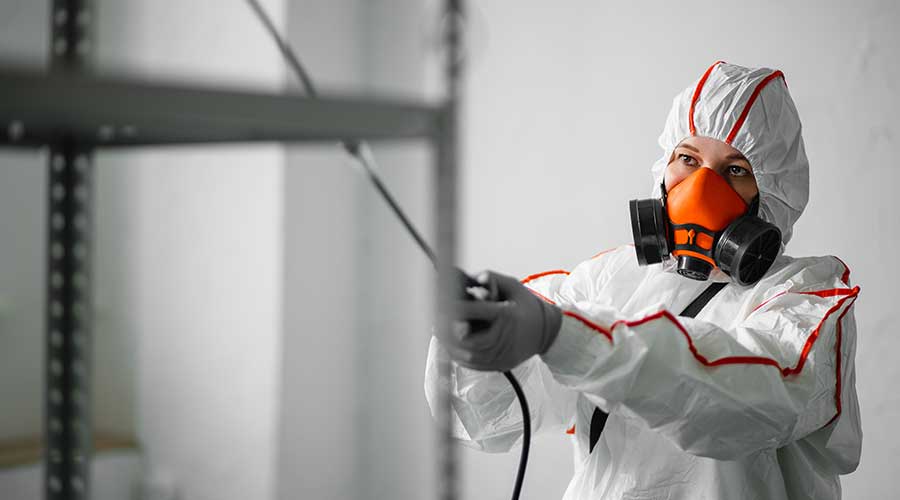The COVID-19 pandemic has brought heightened attention to worker protection and environmental hygiene, prompting changes in regulation, code and industry standards.
Focused on worker safety, this presentation from Shari Solomon, president, CleanHealth Environmental, highlights recommended best practices for implementing enhanced policies and procedures and ensuring regulatory compliance, surrounding infection prevention and protection of the workers.
Potential hazards present in facilities include biological, environmental, and chemical hazards.
Proper cleaning and disinfecting help mitigate biological risks such as bacteria and viruses. This is especially important in healthcare facilities and during events like the recent COVID-19 pandemic. The emergence of multiple drug-resistant organisms (MDROs) due to overuse of antibiotics is also a significant concern, with potential long-term implications for public health.
Environmental hazards include mold, asbestos, and lead-based paint. Exposure can cause allergies and exacerbate respiratory conditions, particularly in children.
As for chemical hazards, there is an unintended consequence of overusing disinfectants, such as poisoning and material degradation. It is important to select safer disinfectant options and adhere to label instructions.
In order to avoid violations when dealing with these hazards, facility managers must have effective hazard communication programs and personal protective equipment (PPE) protocols in workplaces to comply with Occupational Safety and Health Administration (OSHA) regulations.
Hazard communication programs must be documented, readily accessible to employees, regularly updated, and include training sessions and annual reviews to ensure compliance. PPE, especially in the context of the ongoing pandemic, remains a top OSHA violation, emphasizing the need for proper training, appropriate usage, and availability of PPE suited for specific hazards.
For example, respiratory protection programs require a written program, annual reviews, medical evaluations, fit testing, and effective training, particularly for respiratory hazards like the use of N95 respirators. Similarly, bloodborne pathogen programs are crucial for dealing with potentially infectious materials, requiring proper PPE, cleanup, decontamination, and disposal procedures.
Log in or join fnPrime to start watching.





